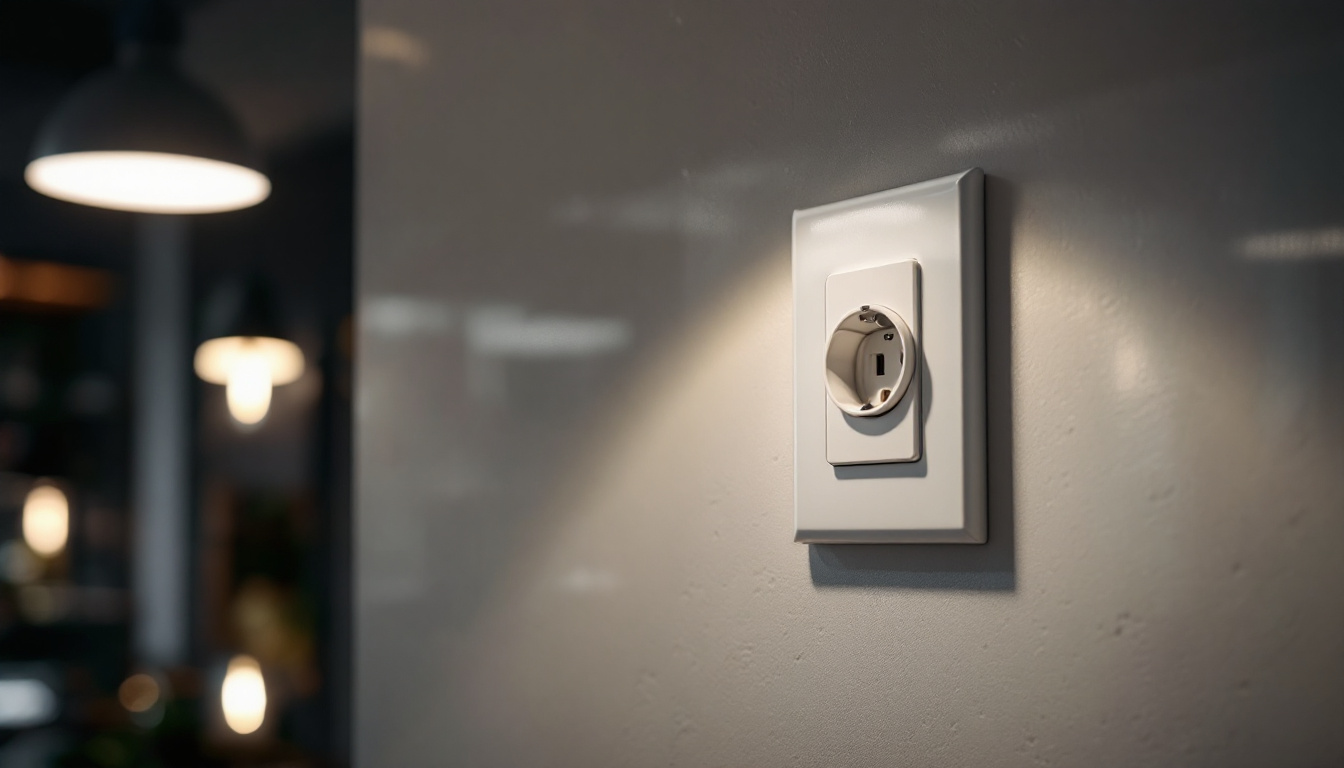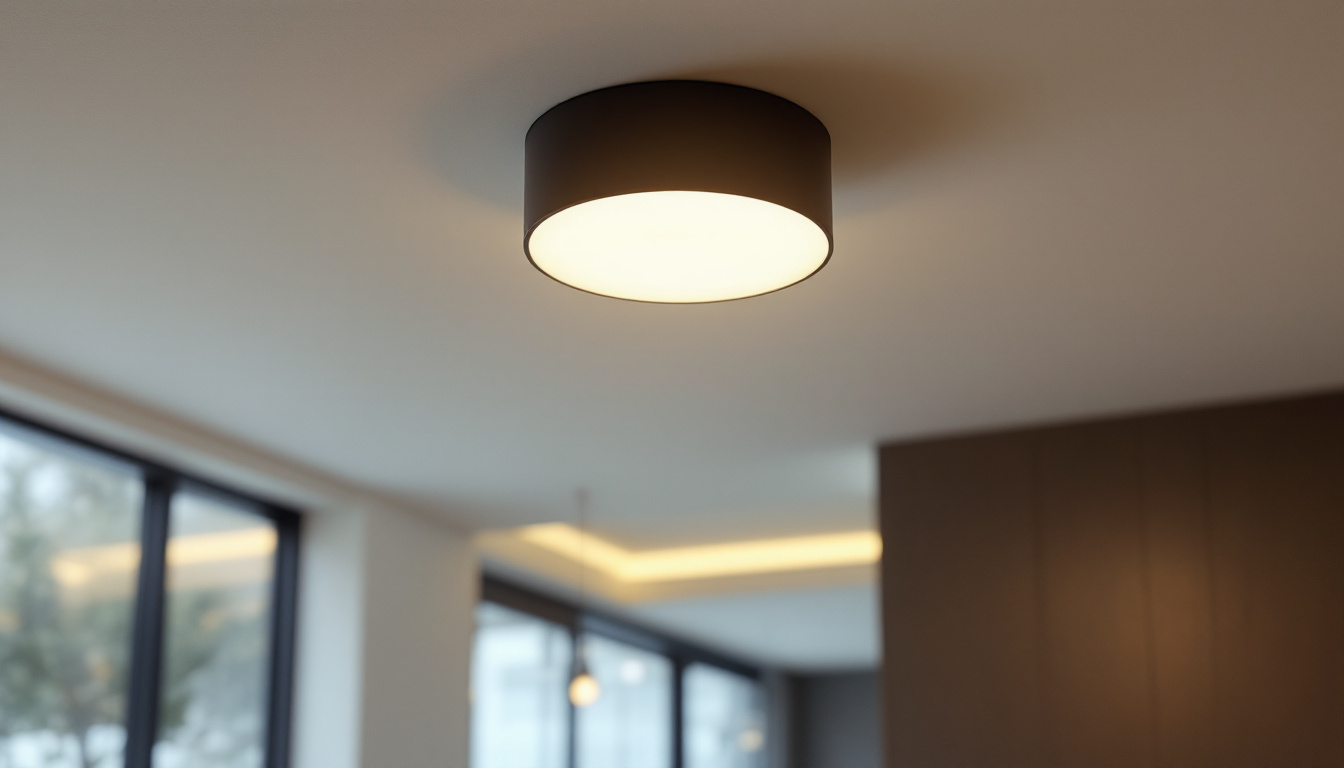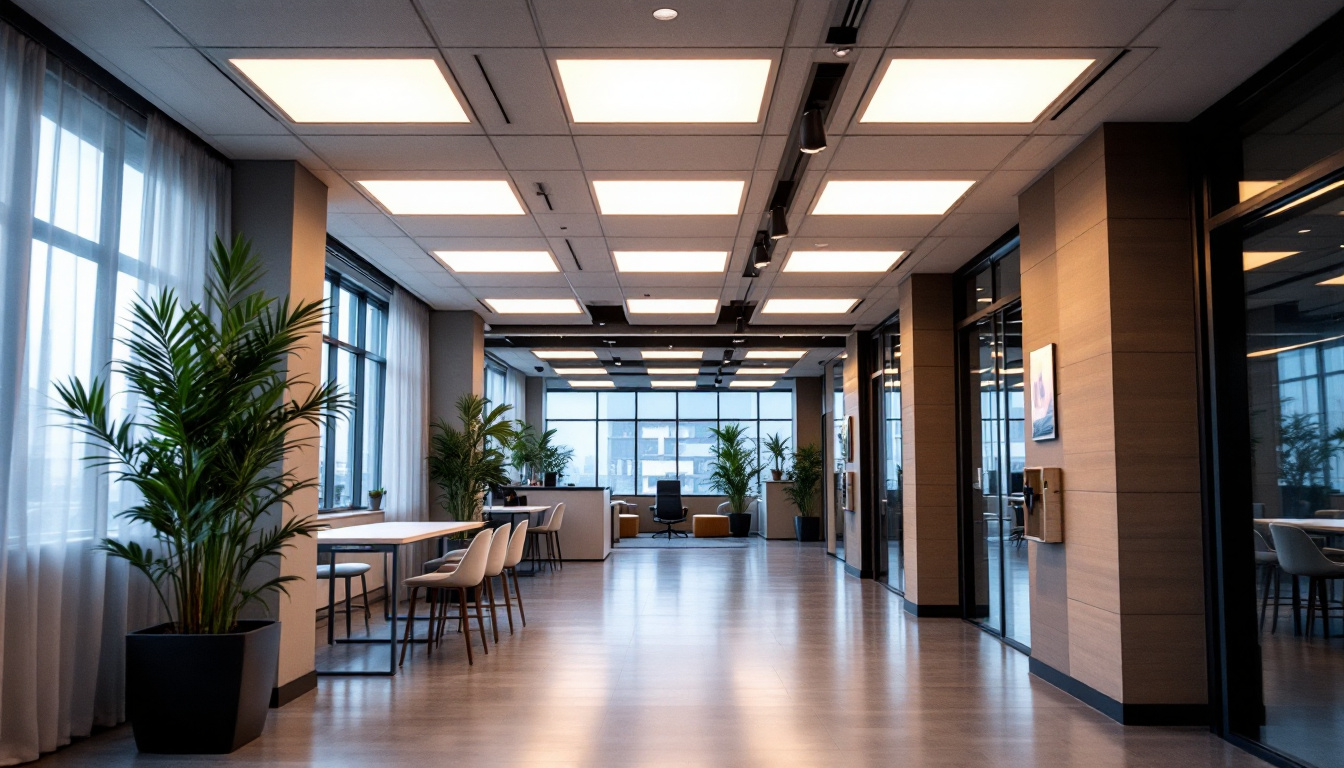
Lighting contractors play a crucial role in the design, installation, and maintenance of lighting systems. With the rapid evolution of technology and design trends, it is essential for professionals in this field to stay informed and adapt to new practices. This guide aims to provide valuable insights into the various aspects of lighting, including energy efficiency, design principles, and installation techniques, ultimately enhancing the skills and knowledge of lighting contractors.
Light and heat are two fundamental aspects of lighting that every contractor must comprehend. While light is essential for visibility and aesthetics, heat can significantly impact the performance and longevity of lighting fixtures.
Light is a form of electromagnetic radiation that is visible to the human eye. It is crucial for creating ambiance, highlighting architectural features, and ensuring safety in various environments. Understanding the properties of light, such as color temperature and lumens, is vital for selecting the appropriate fixtures for specific applications.
Color temperature, measured in Kelvin (K), influences the mood of a space. For instance, warmer tones (around 2700K) create a cozy atmosphere, while cooler tones (above 5000K) are often associated with productivity and alertness. By mastering these concepts, lighting contractors can better meet the needs of their clients. Additionally, the color rendering index (CRI) is another critical factor that contractors should consider. A higher CRI indicates that colors will appear more vibrant and true to life under the light, making it particularly important for settings like art galleries or retail spaces where color accuracy is paramount.
While light is essential, the heat generated by lighting fixtures can pose challenges. Traditional incandescent bulbs, for example, convert a significant portion of energy into heat rather than light, leading to inefficiencies. In contrast, LED technology has revolutionized the industry by producing minimal heat while maximizing light output.
Understanding the heat output of various lighting technologies allows contractors to make informed decisions about fixture placement and cooling requirements. Proper management of heat not only enhances the lifespan of fixtures but also contributes to energy efficiency and cost savings for clients. Moreover, the placement of fixtures in relation to heat-sensitive materials, such as artwork or electronic equipment, is crucial. By ensuring that lighting is strategically positioned, contractors can prevent damage and maintain the integrity of both the fixtures and the surrounding environment. Furthermore, advancements in smart lighting systems offer the potential to monitor and adjust heat output in real-time, providing an even more tailored approach to lighting design that prioritizes both functionality and comfort.
Energy efficiency is a primary concern for both contractors and clients. With rising energy costs and environmental awareness, there is a growing demand for sustainable lighting solutions. This section explores various strategies to enhance energy efficiency in lighting projects.
Selecting energy-efficient fixtures is the first step toward creating sustainable lighting solutions. LED fixtures, for example, consume significantly less energy than traditional incandescent or fluorescent lights, making them an excellent choice for various applications. Additionally, many LED products have longer lifespans, reducing replacement frequency and waste.
Contractors should also consider the efficacy of fixtures, which measures the amount of light produced per watt of electricity consumed. Higher efficacy ratings indicate better energy performance, allowing contractors to provide clients with options that align with their sustainability goals.
Smart lighting technology has gained traction in recent years, offering contractors innovative ways to enhance energy efficiency. Automated systems that adjust lighting based on occupancy, time of day, or natural light levels can significantly reduce energy consumption.
Incorporating smart controls, such as dimmers and timers, allows clients to customize their lighting experience while minimizing energy waste. Educating clients about the benefits of smart technology can lead to more informed decisions and increased satisfaction with lighting installations.
Effective lighting design goes beyond mere functionality; it creates an environment that enhances the user experience. Understanding key design principles is essential for contractors looking to deliver exceptional lighting solutions.
Layering light involves combining different types of lighting—ambient, task, and accent—to achieve a balanced and visually appealing environment. Ambient lighting provides overall illumination, task lighting focuses on specific areas for activities, and accent lighting highlights architectural features or artwork.
By skillfully layering light, contractors can create spaces that are not only functional but also aesthetically pleasing. This approach allows for flexibility in design, enabling clients to adapt their lighting to various activities and moods.
The characteristics of a space—such as its size, shape, and purpose—play a significant role in determining the appropriate lighting solution. For instance, a small room may benefit from brighter, more focused lighting, while larger spaces might require a combination of ambient and accent lighting to create depth.
Contractors should also take into account the color scheme and materials used in a space, as these factors can influence how light is perceived. Conducting a thorough assessment of the environment allows contractors to tailor their lighting designs to meet the unique needs of each project.
Proper installation techniques are critical to ensuring the safety, functionality, and longevity of lighting systems. This section outlines essential practices that every lighting contractor should follow during the installation process.
Electrical safety is paramount when installing lighting fixtures. Contractors must adhere to local electrical codes and regulations to ensure compliance and minimize risks. This includes using appropriate wiring, circuit breakers, and grounding techniques.
Before beginning any installation, contractors should conduct a thorough assessment of the electrical system to identify potential issues. This proactive approach helps prevent electrical hazards and ensures a safe working environment.
Proper placement and alignment of lighting fixtures are essential for achieving optimal performance. Contractors should consider factors such as the height of the fixtures, the angle of light distribution, and the intended purpose of the lighting.
For instance, task lighting should be positioned to minimize shadows and glare, while accent lighting should be aimed at specific features to create visual interest. Taking the time to carefully plan fixture placement can significantly enhance the overall effectiveness of the lighting design.
Regular maintenance is vital for ensuring the longevity and performance of lighting systems. Contractors should educate clients on the importance of routine inspections and provide guidance on how to address common issues that may arise.
Conducting routine inspections allows contractors to identify potential problems before they escalate. This includes checking for burnt-out bulbs, loose connections, and signs of wear and tear. By proactively addressing these issues, contractors can help clients avoid costly repairs and replacements.
Additionally, regular cleaning of fixtures and lenses can improve light output and maintain the aesthetic appeal of the lighting system. Contractors should provide clients with recommendations for safe cleaning practices to ensure the integrity of the fixtures.
Despite the best installation practices, issues may still arise. Contractors should be prepared to troubleshoot common problems, such as flickering lights, dimming, or complete fixture failure. Understanding the underlying causes of these issues—whether they are electrical, mechanical, or related to the bulb—enables contractors to provide effective solutions.
For example, flickering lights may indicate a loose connection or an incompatible dimmer switch. By diagnosing the problem accurately, contractors can implement the necessary repairs and restore functionality to the lighting system.
The lighting industry is constantly evolving, with new technologies and design trends emerging regularly. To remain competitive, contractors must stay informed about the latest developments and adapt their practices accordingly.
Participating in continuing education and training programs is essential for lighting contractors looking to enhance their skills and knowledge. Many organizations offer workshops, webinars, and certification courses that cover various aspects of lighting design, installation, and technology.
By investing in professional development, contractors can stay ahead of industry trends and provide clients with the most current and effective lighting solutions. This commitment to learning not only benefits contractors but also enhances the overall quality of service provided to clients.
Networking with other professionals in the lighting industry can lead to valuable insights and opportunities for collaboration. Joining industry associations, attending trade shows, and participating in local events can help contractors build relationships with suppliers, manufacturers, and fellow contractors.
These connections can provide access to new products, technologies, and design ideas, ultimately enhancing the contractor’s ability to deliver innovative lighting solutions. Collaboration with other professionals can also lead to joint projects, expanding the contractor’s portfolio and expertise.
Lighting contractors play a vital role in shaping the environments in which people live and work. By understanding the principles of light and heat, prioritizing energy efficiency, mastering design techniques, and implementing proper installation practices, contractors can elevate their services and meet the evolving needs of their clients.
Staying informed about industry trends and committing to ongoing education will ensure that lighting contractors remain competitive in a rapidly changing field. By embracing innovation and prioritizing quality, contractors can create exceptional lighting solutions that enhance both functionality and aesthetics.
Ultimately, the success of a lighting contractor hinges on their ability to adapt and grow within the industry. By following the guidelines outlined in this article, lighting contractors can position themselves as knowledgeable professionals, ready to tackle the challenges and opportunities that lie ahead.
As you strive to provide the best lighting solutions, remember that the right partner can make all the difference. At LumenWholesale, we’re committed to supporting your growth in the lighting industry with our spec-grade lighting products at unbeatable wholesale prices. Say goodbye to inflated markups and hello to a vast selection of reliable, high-performance lighting that meets the highest industry standards. With free shipping on bulk orders, you can trust that you’re getting premium quality at the best value, without any hidden fees. Elevate your lighting projects by choosing Wholesale Lighting at the Best Value with LumenWholesale, where quality, affordability, and convenience come together seamlessly.

Discover expert insights and practical tips for lighting contractors on choosing and installing studio LED lights.

Discover how commercial grade outlets can enhance your lighting installation projects by offering superior durability, safety, and efficiency.

Discover how small flush mount ceiling lights are transforming the projects of lighting contractors.

Discover innovative strategies for installing 2×2 drop ceiling LED lights with insights from top lighting contractors.